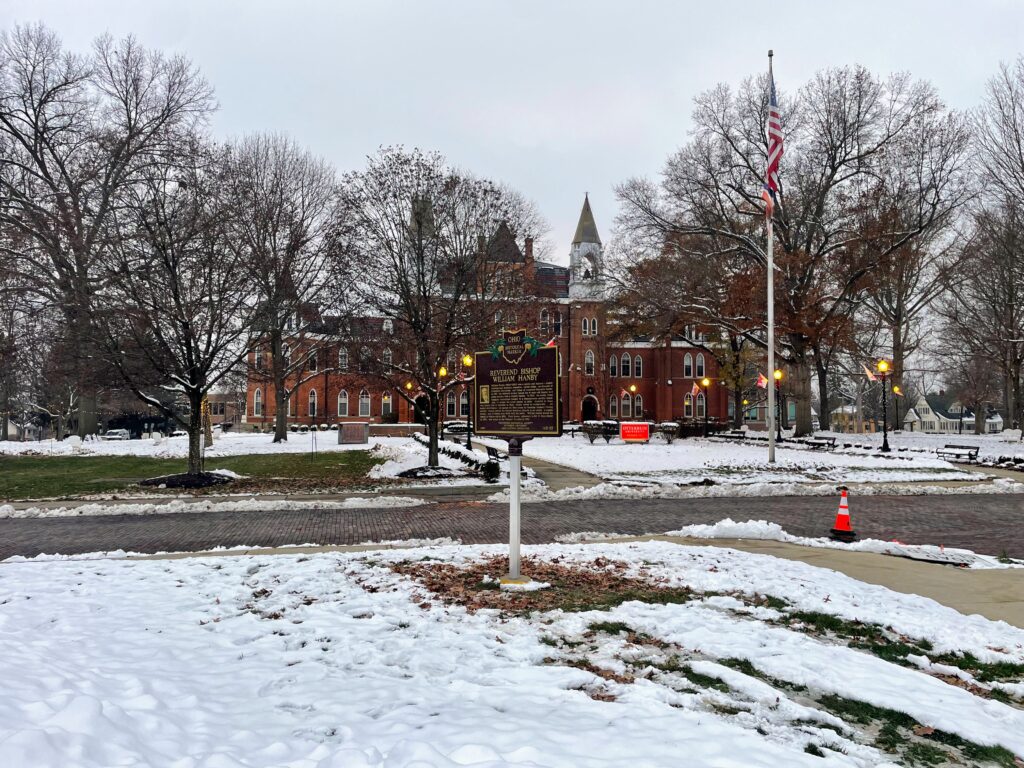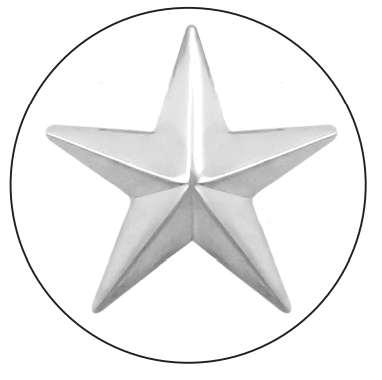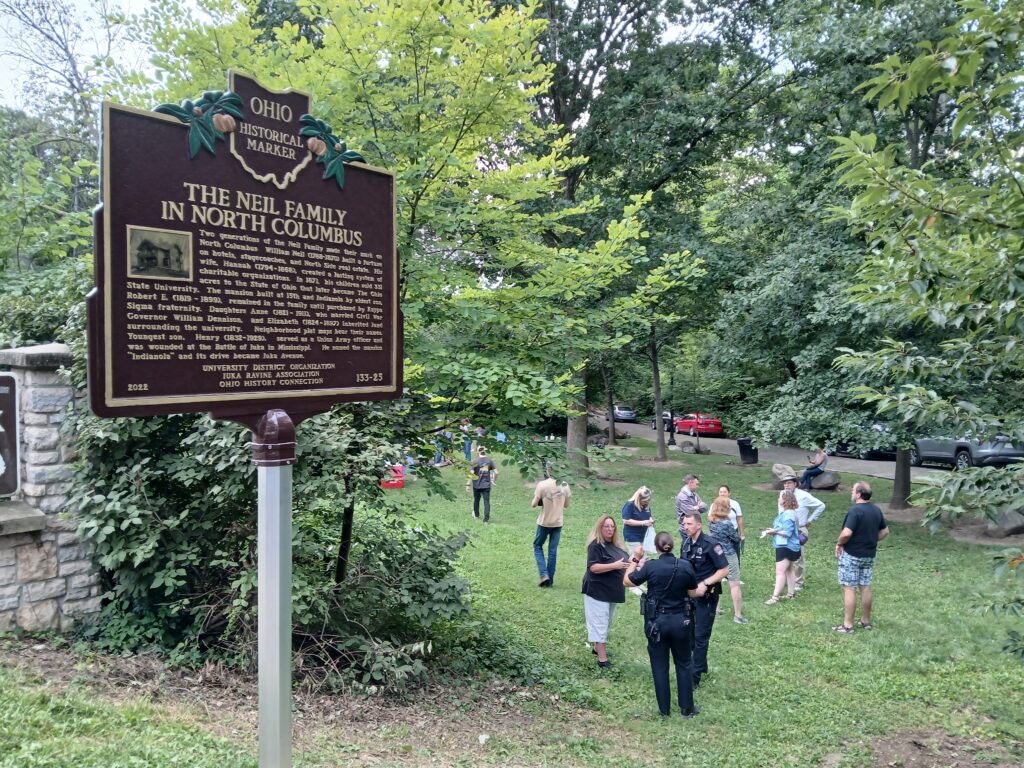143-25 Benjamin Hanby, Class of 1858 / Reverend Bishop William Hanby

Benjamin Russel Hanby (1833-1867) enrolled at Otterbein University in 1849. To afford tuition and to aid his family, Hanby alternated college terms with teaching in nearby public schools. While a student in 1856, he was moved by the story of a slave and his sweetheart to compose the anti-slavery ballad “Darling Nelly Gray.” The song […]
117-18 W. 76th, W. 65th, and E. 79th Street Subways

The W. 76th and W. 65th Street tunnels survive today and symbolize the power of community action. In 1911, Cleveland City Council approved construction of elevated tracks by Lake Shore & Michigan Southern Railway Company. The tracks separated Cleveland’s neighborhoods from Lake Erie. In protest, West Side residents petitioned the council and the mayor to […]
11-5 Colonel Charles Young’s Historic Ride to Washington / Athens, Ohio: The Colonel’s Last Stop in Ohio

In 1918, Charles Young made a desperate attempt to convince the U.S. Army that he was fit for duty. The Army’s highest-ranking Black officer, he had been medically retired and not given a command during World War I. To demonstrate his fitness, he rode 497 miles from his home in Wilberforce, Ohio, to Washington, D.C. […]
12-65 Colonel Charles Young’s Historic Ride to Washington / Circleville, Ohio: The Second Night’s Stop

In 1918, Charles Young made a desperate attempt to convince the U.S. Army that he was fit for duty. The Army’s highest-ranking Black officer, he had been medically retired and not given a command during World War I. To demonstrate his fitness, he rode 497 miles from his home in Wilberforce, Ohio, to Washington, D.C. […]
133-25 Iuka Ravine / The Neil Family in North Columbus

Iuka Ravine, developed on land from the “Indianola Farm” that belonged to the Neil Family, is significant for its early 20th century architecture. The ravine’s natural beauty influenced architects to design homes for the upper middle class that incorporated “features of the old oak forest and glacial boulders.” Several ravine homes were designed by Frank […]
10-24 Colonel Charles Young’s Historic Ride to Washington / Washington Court House, Ohio: The First Night’s Stop

In 1918, Charles Young made a desperate attempt to convince the U.S. Army that he was fit for duty. The Army’s highest-ranking Black officer, he had been medically retired and not given a command during World War I. To demonstrate his fitness, he rode 497 miles from his home in Wilberforce, Ohio, to Washington, D.C. […]
8-37 Colonel Charles Young’s Historic Ride to Washington / Logan, Ohio: The Third Night’s Stop

In 1918, Charles Young made a desperate attempt to convince the U.S. Army that he was fit for duty. The Army’s highest-ranking Black officer, he had been medically retired and not given a command during World War I. To demonstrate his fitness, he rode 497 miles from his home in Wilberforce, Ohio, to Washington, D.C. […]
158-18 Clark Avenue Public Baths

In the early 20th century, the City of Cleveland began opening public bath houses as a way to address the unsanitary living conditions of its overcrowded immigrant neighborhoods. Opened in January 1908, the Clark Avenue Bath House was Cleveland’s third public bath house. It cost $32,000 to build and was designed by prominent Cleveland architect […]
5-60 Y-Bridge

Y-Bridge—1902—World Famous Part of the Old National Road
4-60 Y-Bridge

Y-BRIDGE—1902—World Famous Part of the Old National Road

